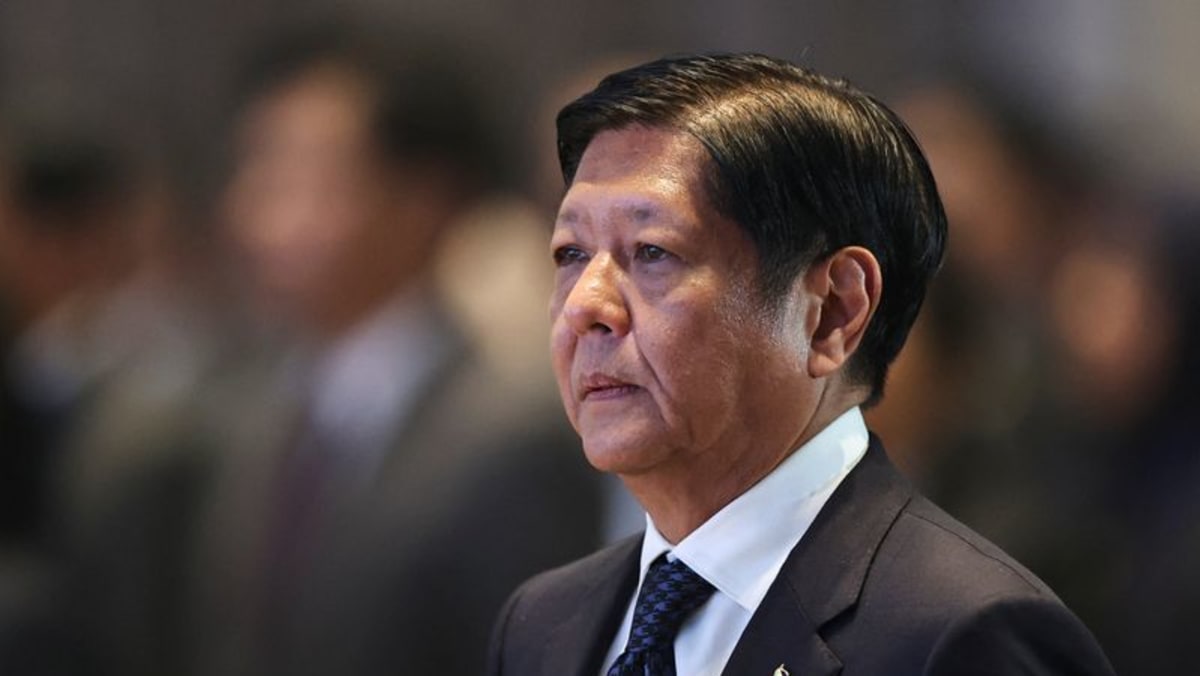Trump lacked power to declassify secret nuclear arms document, experts say

RULES FOR NUCLEAR DATA
Trump, who pleaded not guilty on Tuesday (Jun 13), has said he declassified while still in office the more than 100 secret documents he took to his Florida resort home, Mar-a-Lago, a contention echoed by Republican lawmakers and other supporters.
But Aftergood and other experts said that the Atomic Energy Act (AEA) of 1954 – under which the Department of Energy oversees the US nuclear arsenal – defines a process for declassifying nuclear weapons data, some of the US government’s most closely guarded secrets.
“The statute is very clear. There’s nothing that says the president can make that decision,” said a former US national security official familiar with the classification system, who asked to remain anonymous.
The most sensitive nuclear weapons information is classified as “RD”, for Restricted Data, and covers warhead designs and uranium and plutonium production, according to a DOE guide entitled “Understanding Classification.”
The Department of Energy downgrades from RD to FRD nuclear weapons data it needs to share with the Pentagon, but the materials remain classified, experts said.
Materials classified as FRD include data on the US arsenal size, the storage and safety of warheads, their locations and their yields or power, according to the guide.
FRD information only can be declassified through a process governed by the AEA in which the secretaries of energy and defense determine that the designation “may be removed,” according to a Justice Department FAQ sheet.
Not everyone agrees that the president lacks the power to declassify nuclear data.
David Jonas, who served for 10 years as general counsel for the US National Nuclear Security Administration, the Department of Energy division that oversees the nuclear arsenal, said Trump had the constitutional authority to declassify all classified documents under the “unitary executive theory,” which holds that Congress cannot limit the president’s control over the executive branch.
“The president is the executive branch and so he can declassify anything that is nuclear information,” he said.
Other experts dispute this view.
Elizabeth Goitein, a national security law expert at the Brennan Center for Justice, said the US Constitution gives Congress the authority to limit presidential power related to most national security issues and “there is no question it can legislate in this area.”
While the president can request declassification of FRD materials, “it’s got to go through both DOE (Department of Energy) and DOD (Department of Defense). And it takes forever,” said Thomas Blanton, director of the National Security Archive.
FRD materials must be stored in a properly secured space, said Aftergood. “Sticking it in your bathroom would not qualify,” he said, referring to the indictment’s allegation that Trump stored classified documents in a Mar-a-Lago bathroom.
Source: CNA















